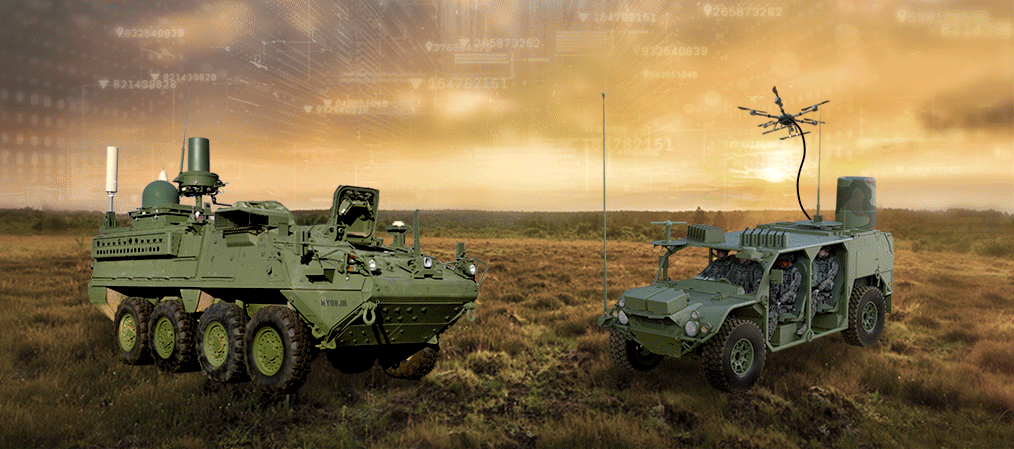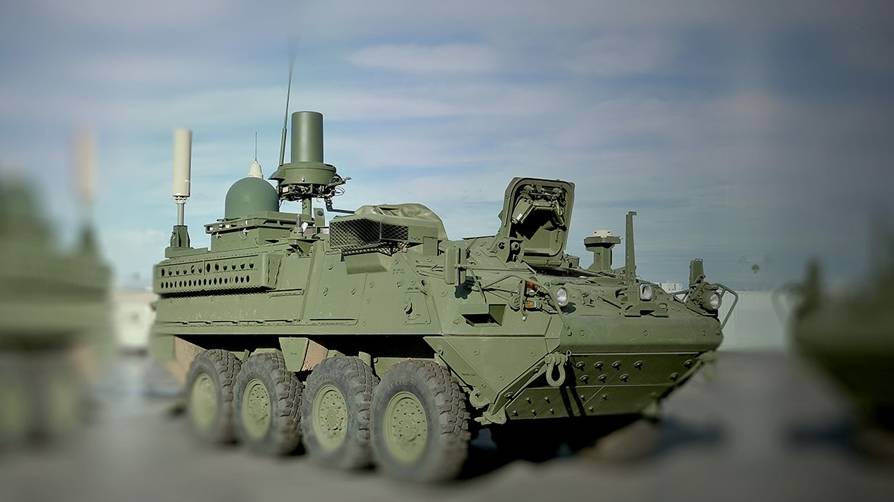Electronic Warfare

Sensors To Knowledge
Detect. Locate. Identify.
Our electronic warfare products provide users with the capability to quickly detect, locate and identify a wide range of signals in the electromagnetic spectrum to quickly deliver the right information at the right time for situational awareness.

Tactical Electronic Warfare System
Our Tactical Electronic Warfare System (TEWS) will enable soldiers to detect, locate and identify the enemy while denying disrupting and degrading the enemy’s ability to communicate coordinate and synchronize. Watch TEWS at JWA 2019 on DVIDS.net

Submarine Electronic Warfare
We support the development and production of advanced submarine Electronic Warfare (EW) capabilities including various forms of detection, data collection, dissemination, and hardware installations.
